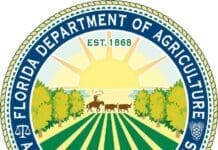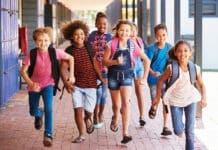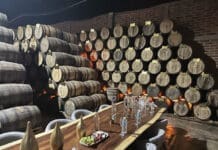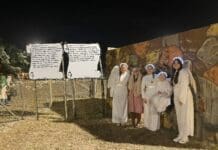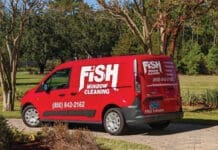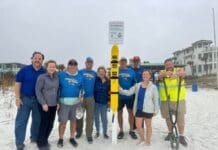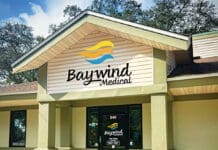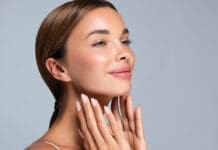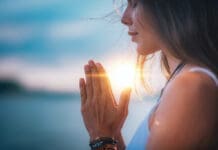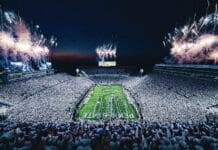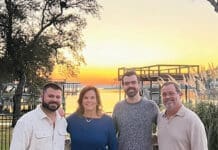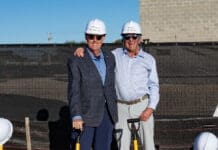Chamber Life: Stories from the life and times of Fort Walton Beach Chamber members…
By Kelly Murphy-Redd
On September 11, 2001, 2,977 people were killed by Islamic terrorists on our own soil. Thousands more were injured. By the end of the day our government was in motion. The administration, state department, DOD and the intelligence agencies were working to find out who the perpetrators were and to plan a response. Al Qaeda, from their training camps in Afghanistan, were responsible. The Taliban were providing safe haven for their leader, Osama Bin Laden.
 Joint Special Forces and CIA teams planned to take tribal leaders, ousted by the Taliban, back into Afghanistan to help start insurgencies against the Taliban. Then Special Forces teams augmented with U.S. Air Force tactical air controllers would work with the Northern Alliance tribes in order to locate and destroy the Taliban. While the Afghan insurgents would directly engage the Taliban, Special Forces and the Air Force tactical controllers would call in air strikes on Taliban targets.
Joint Special Forces and CIA teams planned to take tribal leaders, ousted by the Taliban, back into Afghanistan to help start insurgencies against the Taliban. Then Special Forces teams augmented with U.S. Air Force tactical air controllers would work with the Northern Alliance tribes in order to locate and destroy the Taliban. While the Afghan insurgents would directly engage the Taliban, Special Forces and the Air Force tactical controllers would call in air strikes on Taliban targets.
The mission for the CIA and the Special Forces teams was the same: defeat and destroy the Taliban and Al Qaeda.
Alex Hernandez, a CIA paramilitary and case officer, who was the deputy chief of CIA Team Alpha, describes the operation as a potential one-way mission filled with unknowns. He says the U.S. doesn’t send its soldiers or agency officers on suicide missions but this was close. Alex likes to cite a rule of thumb he used during his military and agency careers: don’t do anything stupid. He said this mission required an adjustment to that red line: don’t do anything incredibly stupid.
Prior to Team Alpha’s insertion, there was no ability to verify information from sources in Afghanistan. There would be no safety net, no rescue, and no medivac ability. The eight-man CIA Team Alpha was given the choice to say no. All said yes. They were mentally and emotionally committed to avenging 9/11. Alex told them to get one-million-dollar life insurance policies immediately.
Tribal warlord, General Dostum popped up on the radar through friendly Uzbekistan intelligence, as a leader who was fighting the Taliban and needed help. The CIA wanted to find Dostum. Uzbek intelligence had his phone number. They talked via satellite used by ship to shore communication.
Team Alpha needed to validate the information they had received. Was Dostum for real? Or was he already captured and the Taliban was using him to lure the CIA in. Alpha needed to validate Dostum welcomed the U.S. Government, he had a viable fighting force, he was willing to fight the Taliban, confirm where he was, and determine his near-term needs. Dostum said he needed horse feed.
Dostum had no vehicles, only horses. Alex turned to his team and asked if anyone knew how to ride a horse. No one did. This would be on-the-job training.
The insertion plan was brief. Team Alpha would arrive on two Blackhawk helicopters. The pilots were told not to take off right away. They were to remain for 20 to 30 seconds. If no one was shooting at the team when they got off, they would stay.
Team Alpha found themselves in a primitive and high threat environment. They met up with General Dostum who had approximately 300 to 600 fighters. The Taliban had 5000 to 7000 fighters. Team Alpha moved north with Dostum and his men. They were cold, tired, hungry, and didn’t know what the outcome would be. The battlefield was perpetually fluid. You only owned the ground you stood on. The team did get uniforms for the fighters, so they could tell the good guys from the bad guys.
Dostum didn’t speak any English though he understood some. He always had an “engineer” by his side. Engineers in Afghanistan were men who were better educated and spoke English. Team Alpha relied on Dostum for the next day’s plans. He knew the men and the lay of the land.
Dostum talked with the enemy every day on unsecure walkie- talkies. Team Alpha helped Dostum “orchestrate” defections from the Taliban. The Taliban fighters were conscripted and were told their villages would be destroyed if they didn’t fight. So, they had no loyalties. Dostum knew the fighters weren’t being paid and told them he had friends here who would take care of them. There were 300 to 500 fighters defecting at one time. How did Team Alpha know these defectors wouldn’t turn on them? After all, the defectors were a larger force than Dostum’s men. Dostum positioned the defectors ahead of his men. When it was time for another attack on a Taliban force, the defectors were the ones leading the attack. Willingness to lead the charge demonstrated their reliability.
ODA 595 was the first Special Forces group inserted into a denied area in Afghanistan to topple the Taliban. The Joint Special Operations Command in northern Afghanistan was called Task Force Dagger. ODA 595 also had to learn to ride horses. The horses were not trained, saddles were made of cows’ pelvic bones, and they had to jerry-rig the short stirrups with parachute cords. ODA 595 first headed to Uzbekistan on Oct. 5, 2001, then crossed into Afghanistan on Oct. 19 in an MH-47 Chinook helicopter.
Able to travel day or night, the horses allowed them to get around and behind the enemy, cutting them off from reinforcements or retreat. The horses allowed them to find the enemy’s position in the primitive and rugged terrain and call in air strikes on Taliban targets.
While occupying higher ground in order to have the best view of the land, trucks, machine guns, trenches, bunkers, and artillery, these Horse Soldiers of Afghanistan were not far from the fluid battlefield or the threat. ODA 595 executed offensive operations using the might of U.S. air power. The CIA was there to support ODA 595 and Dostum, and report back to the U.S.
On Nov. 10, ODA 595 and militia allies liberated the city of Mazar-e-Sharif from the Taliban. Weeks later, the Taliban surrendered in other areas of Afghanistan.
In November, 300 to 400 Taliban had surrendered to Dostum’s men. They were taken to a 19th century fortress. Mike Spann and Dave Tyson, members of Team Alpha, began initial interviews. Spann and Tyson suspected there might be foreign fighters in the group who might know of a future attack planned against the U.S. Tragically, this was a “Trojan Horse” plan. The defectors turned out to be Al Qaeda. They attempted to break out and killed Mike Spann. Dave Tyson fought his way out. It took three days to suppress the fighters. John Walker Lindh (“The American Taliban”) was there, though Team Alpha didn’t know this at the time. If the fighters had not been suppressed, they would have killed everyone and undone the successful mission of defeating the Taliban.
Alex Hernandez says the collaboration between Team Alpha and ODA 595 was wonderful. He also credits the Air force, its B52 Bombers, the Navy and Marine fighter pilots along with the rest of the Special Forces, a British team similar to our Navy Seals, and, of course, General Dostum and his men with the successful mission.



